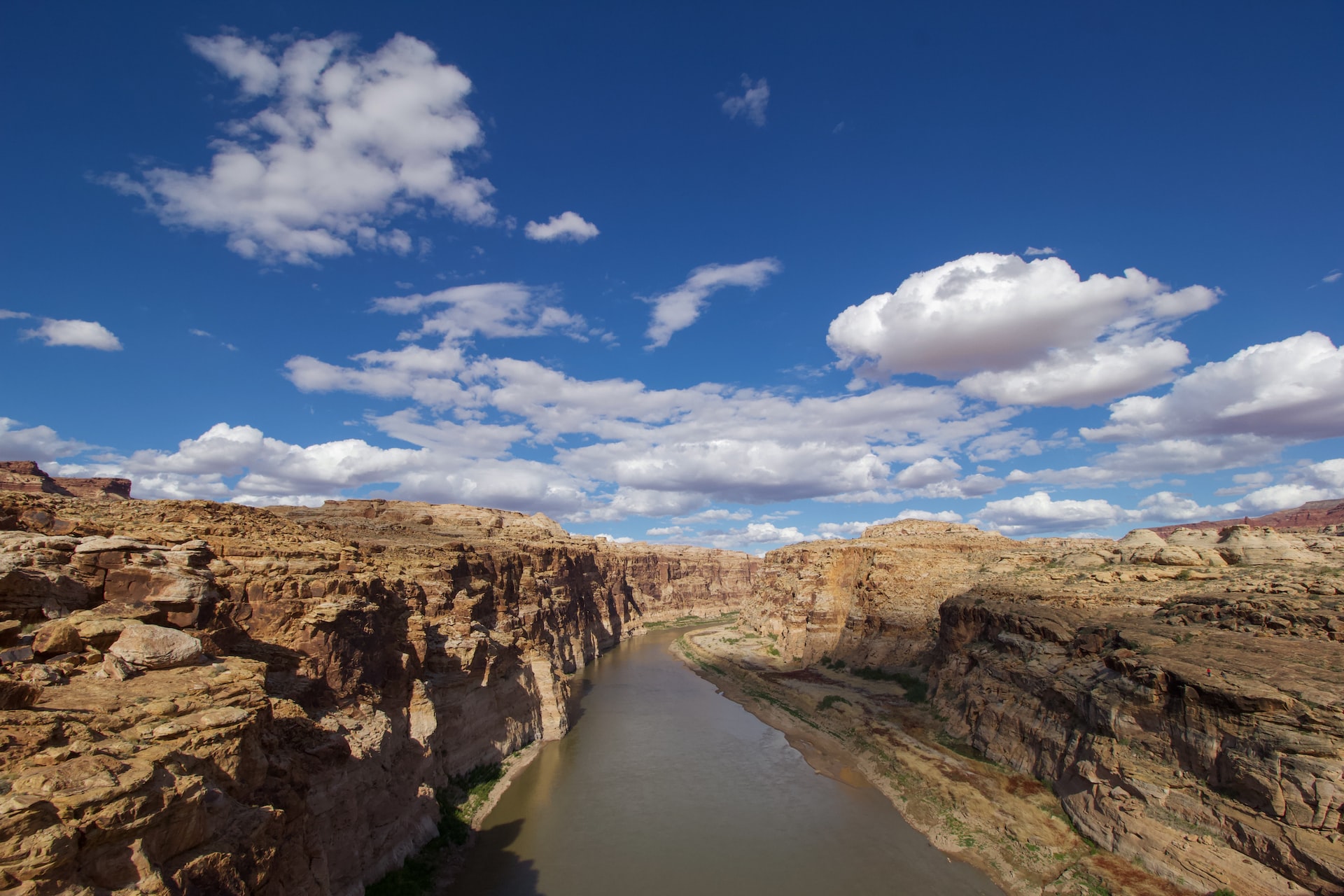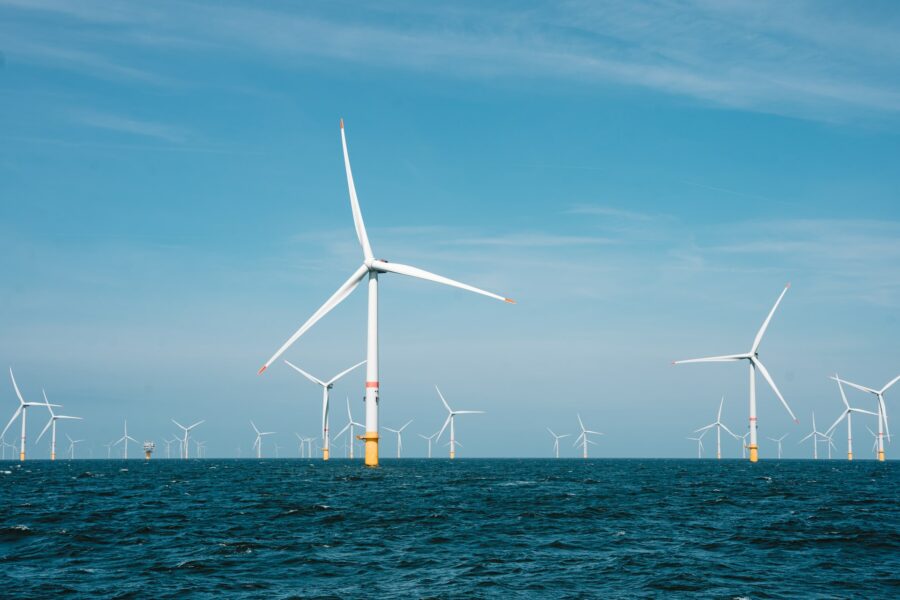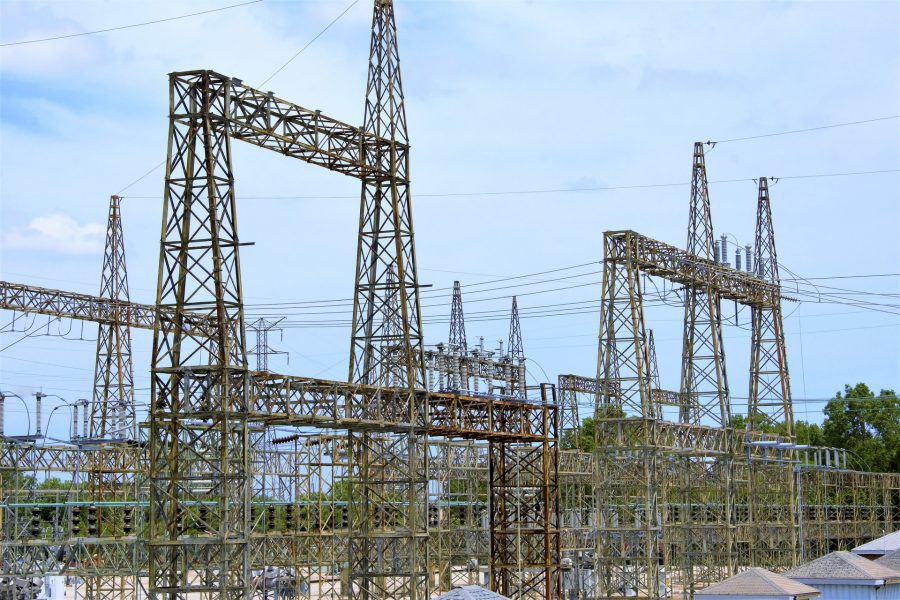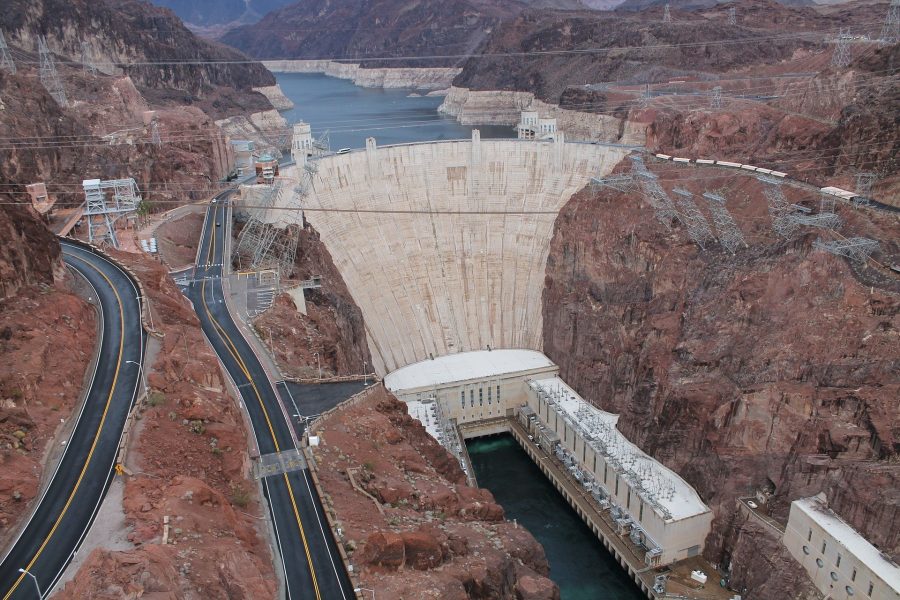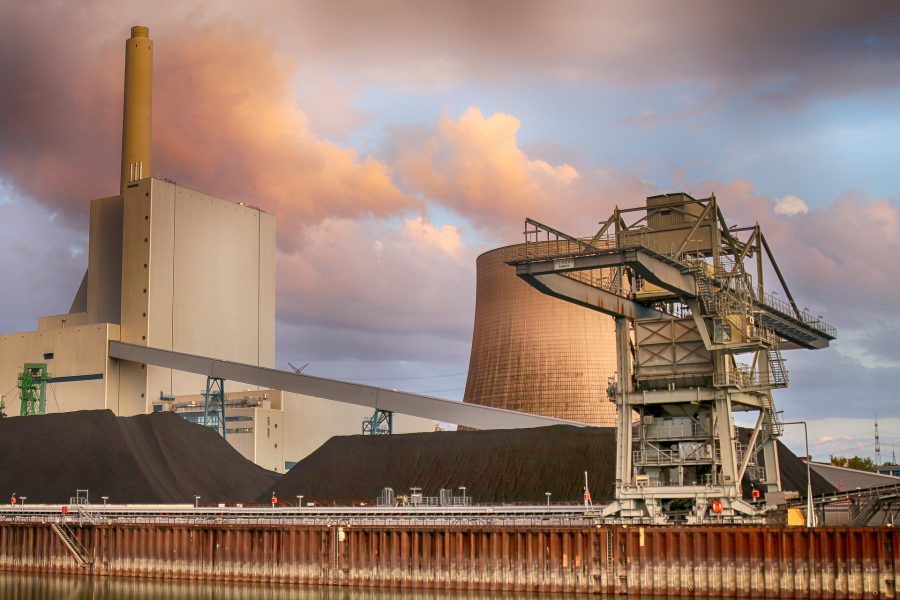
Photo courtesy of Wikimedia Commons
FICTIONAL FUNGAL SPECIES DEMONSTRATES REAL CONSEQUENCES OF GLOBAL WARMING
By: Hannah Russell
HBO’s newest hit series, The Last of Us, uses science fiction to highlight very real potential dangers of climate change. Since 1975, Earth’s average temperature has risen by 1.44 degrees Fahrenheit. Scientists predict that by 2070, temperatures will rise another 3.6 to 9 degrees.[1] While the effect of global warming on humans, plants, and animals is well documented, the impact on microorganisms is frequently overlooked in climate change research.[2] Fungal pathogens are particularly thermotolerant, meaning that as temperatures gradually increase, so will the prevalence of fungal diseases that were originally rare or unknown.[3] There are currently no vaccines able to combat fungi, and there is little economic incentive for pharmaceutical companies to invest in anti-fungal research.[4]



